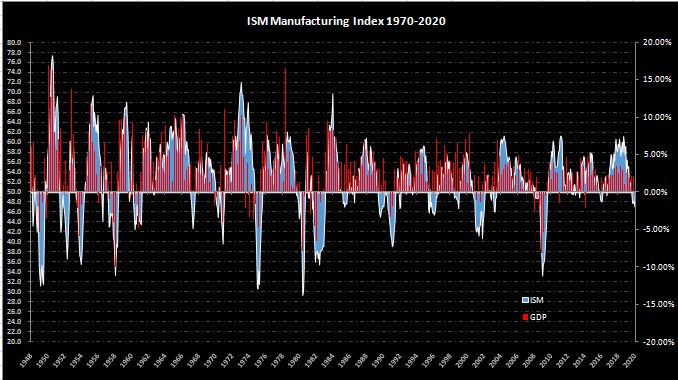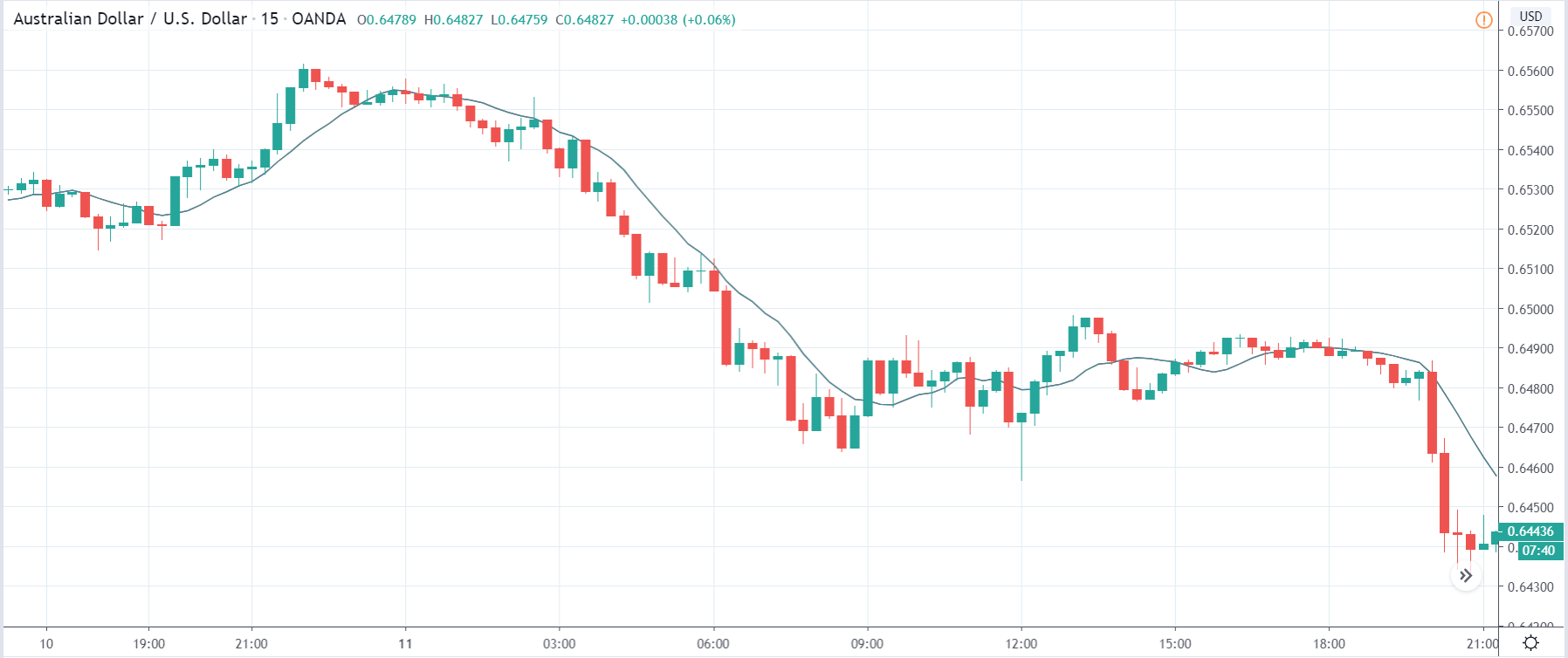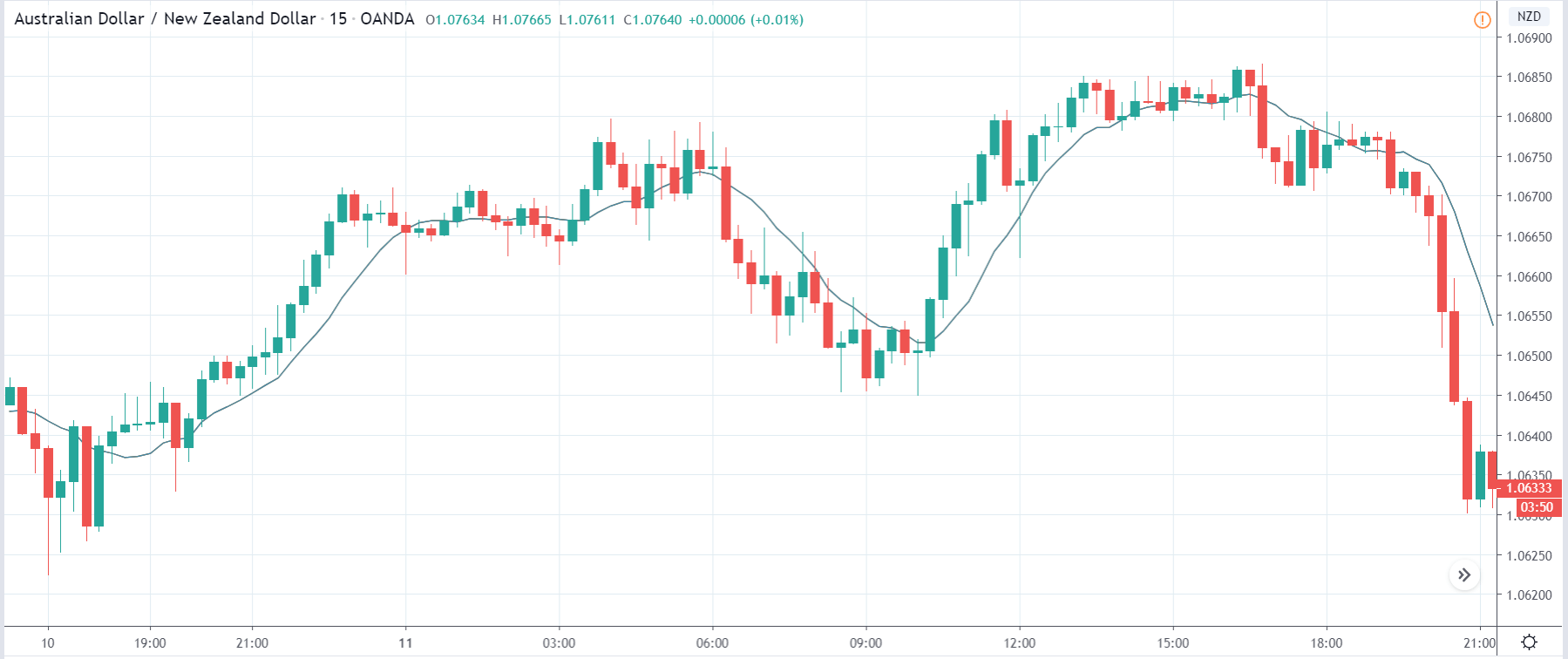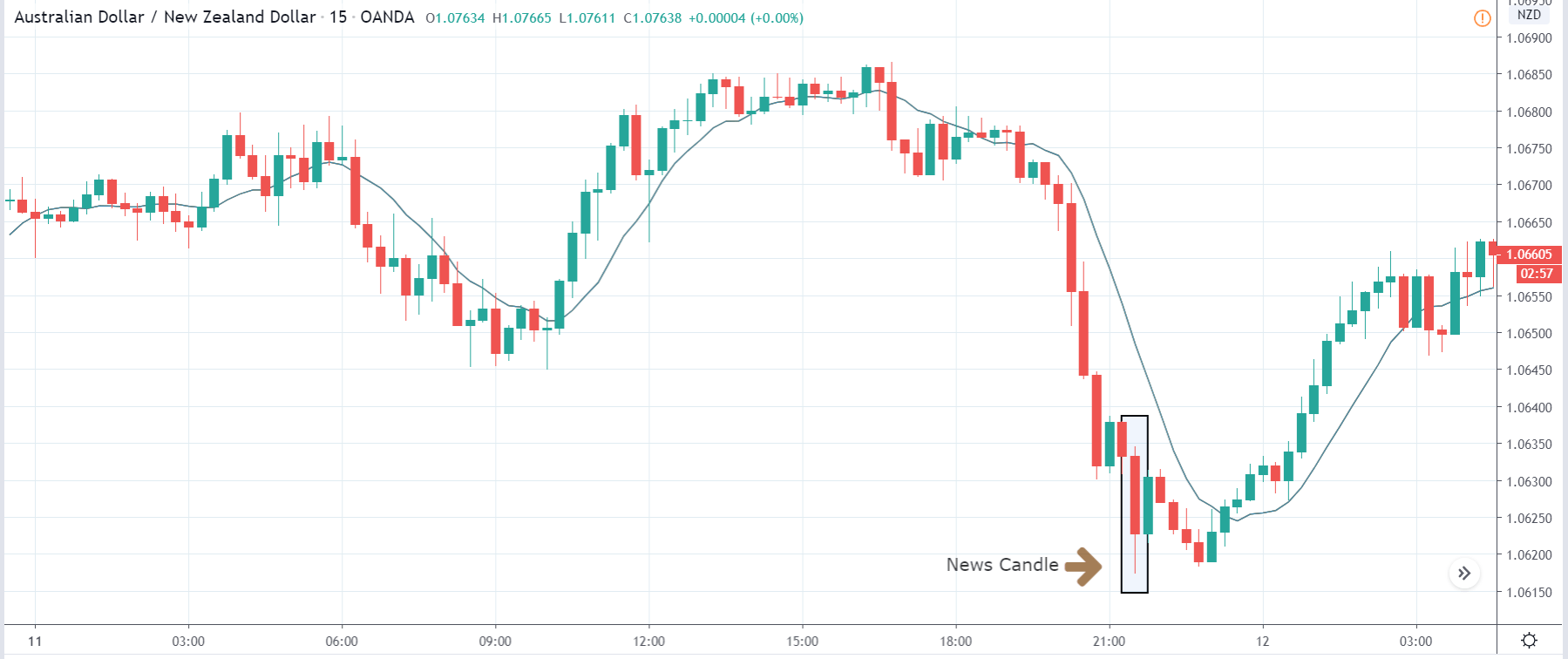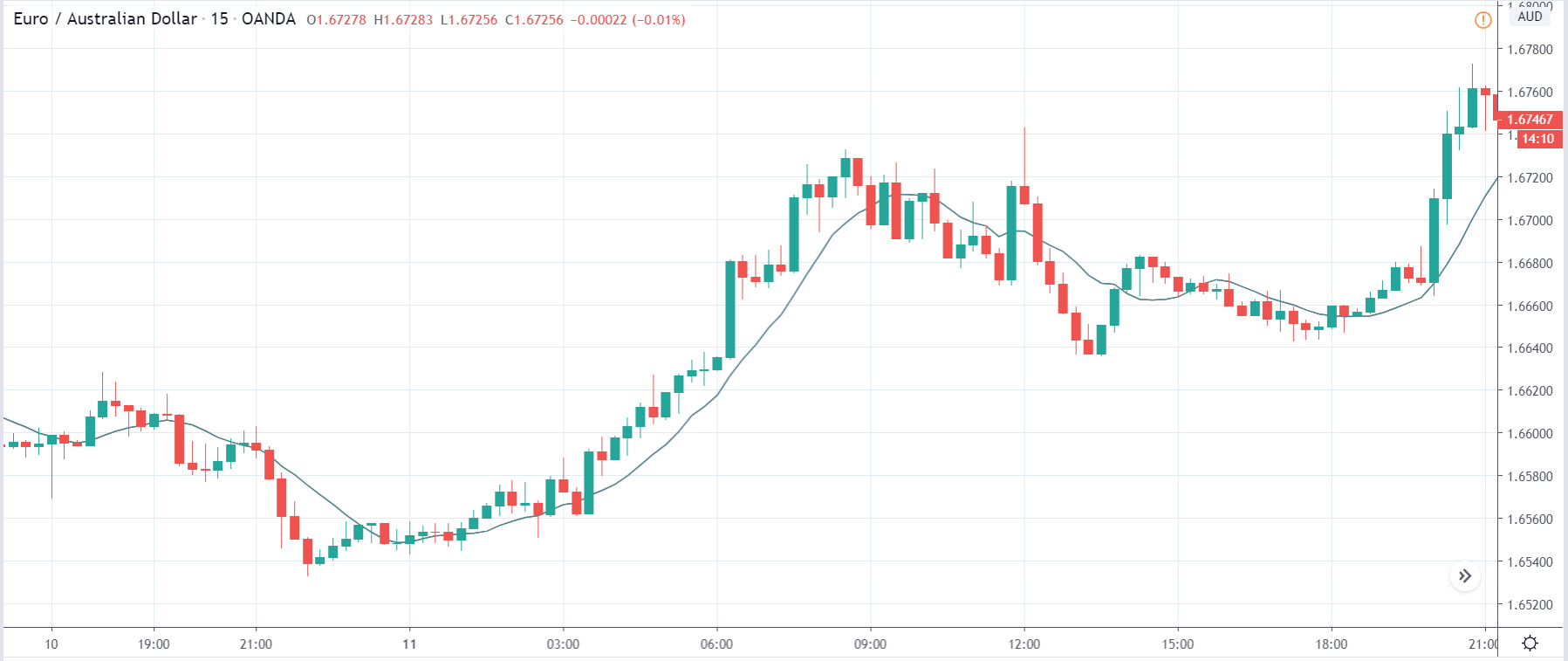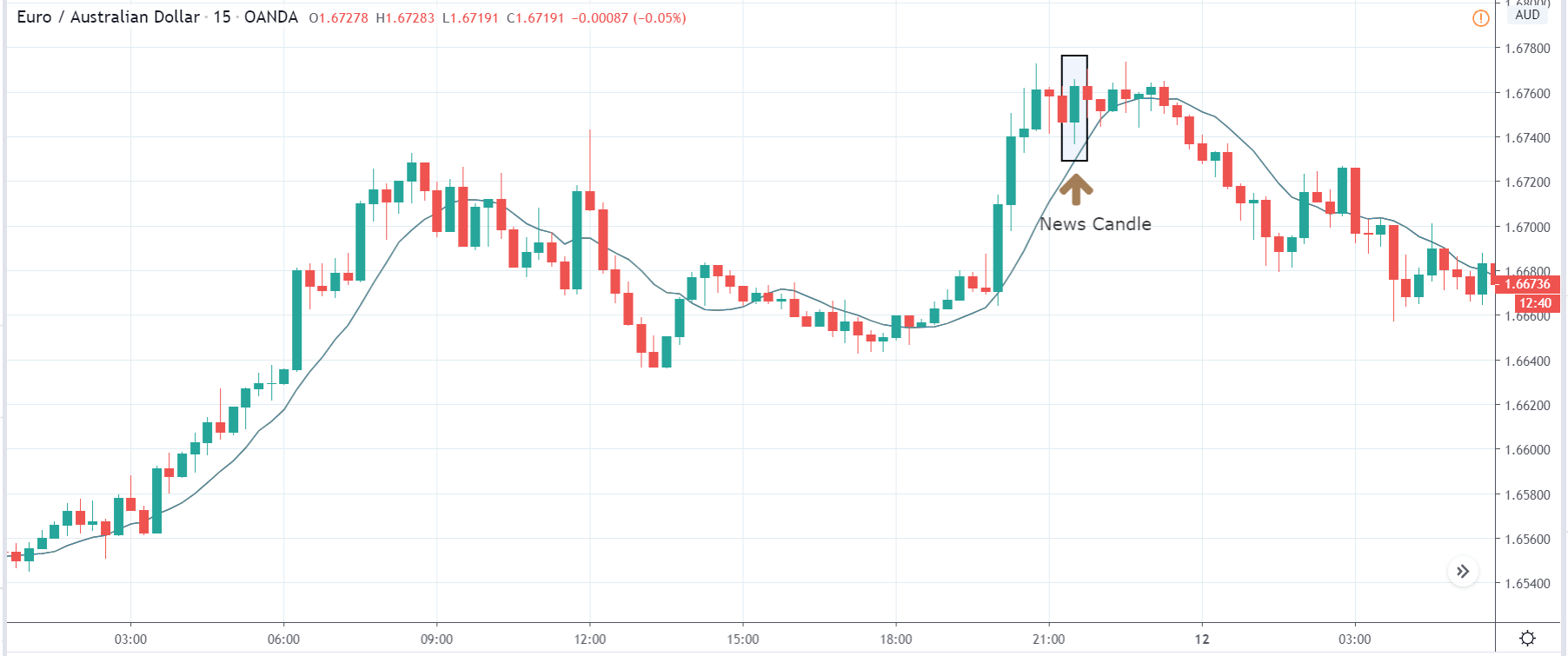Introduction
Business Confidence is the most important leading indicator for economic growth that is closely watched by traders, investors, economists, and even policymakers. Business Confidence survey provides the take of the business sector on their near-term prospects that helps us understand what the oncoming quarterly conditions will be. Business Confidence Indexes are crucial for fundamental analysis.
What is Business Confidence?
The economy can be broadly categorized as the private and public sectors. The public sector involves all the government and central bank-related offices and industries. The private sector is composed of two main participants: Businesses and Consumers. In the United States, Businesses make up 34% of the private sector. The business sector is again broadly divided based on output as the Manufacturing Industry and Services Industry. The Manufacturing Sector is primarily related to industries that manufacture and sell physical goods. The Services Sector deals with the Services that are essentially non-physical and are challenging to quantify.
The Manufacturing Sector makes up 20% of the GDP, and the remainder 80% is attributed to the Services Sector. Since the business industry is the real economic wealth of the nation, it is the primary source of the Gross Domestic Product. Hence, Business Confidence Indexes can give us an excellent assessment of the upcoming economic trends in the Industry.
Business Confidence Indexes are based on surveys taken from some of the largest industries in both the manufacturing and services sector, asking them about their current business conditions and their outlook about business activity in the coming 2-3 months.
In the US, the publishing of the Manufacturing Purchasing Manager’s Index is done by the institute of supply management every month. It is a survey of about 400 largest manufacturers in the United States of America. It also publishes a Non-Manufacturing Index, which is the same index associated with the Services Industry.
Note
The approach may vary amongst the surveying companies. For example, the National Australia Bank Business Confidence Index is computed on a net balance basis. In it, the surveyed companies are asked whether there is a positive or negative outlook. Their question would be per se, “Excluding normal seasonal changes, how do you expect business conditions of your industry to change in the next three months?”. The result is calculated as positive, less negative responses, which is the net balance.
How can Business Confidence numbers be used for analysis?
The question that is generally asked in the study is related to MOM changes in the Business Activity, New Orders, Production, Employment, Deliveries, and Inventories with equal weightage.
The Manufacturing PMI and Services NMI ratings lie within the range of 0-100. A score above 50 implies an expansion in the economic activity, and a score below 50 implies contraction. Although across the globe, different survey companies follow different metrics, like the NAB Business Confidence Index follows a zero-based scale, where a score above zero indicates positive sentiment and less than indicates a bearish sentiment.
Business Confidence or Business Sentiment is analogous to Consumer Sentiment, except that the figures are more fact-oriented, as it takes into account the business inventory count, estimates, current production levels, etc. It is asking the business owners about their outlook on the economic prospects in the short-term.
Business Confidence Surveys are very important for policymakers also. They use these statistics to intervene by fiscal and monetary policy reforms to combat deflationary threats, if any.
Impact on Currency
Historically, in the United States, PMI and NMI have predicted GDP growth with 85% accuracy 12-months ahead of time, as illustrated in the below ISM PMI plot against quarterly Real GDP growth. The correlation of business confidence with economic growth is strong, and hence, it is an important leading economic indicator.
Market volatility is sensitive to Business Confidence Indexes. Significant moves in the index cause volatility in the market. It is a high impact leading indicator. High business confidence translates to improving economic prospects, which will translate to higher GDP prints and currency appreciation.
Business Confidence Announcement – Impact due to news release
Till now, we have comprehended the Business Confidence economic indicator. It is essentially used to monitor output growth and to anticipate turning points in economic activity. Numbers above 100 suggests increased confidence in near future business performance, and numbers below 100 indicate pessimism towards future performance. Therefore, investors give a reasonable amount of importance to the data while analyzing a currency.

In today’s lesson, we will look at the NAB Business Confidence Index that is a key measure of Busines Confidence in Australia, published monthly and quarterly by National Australia Bank (NAB). The survey is that is carried out covers hundreds of Australian companies and few banks which measures business conditions in the country. A positive reading can be interpreted as good for the currency and equities, while a negative reading can be interpreted as a warning sign to the government, which leads to a build-up of bearish positions in the currency.

AUD/USD | Before the announcement
We shall start with the USD/JPY pair to observe the change in volatility due to the news release. The above price chart shows the state of the market before the news announcement, where we see the market is in a strong downtrend and the price currently is at the lowest point. We need to wait for a price retracement to the ‘resistance’ to take a ‘sell’ position in the currency pair. Until then, we will see what impact the news makes on the chart.
AUD/USD | After the announcement
After the news announcement, the price moves lower and volatility increases to the downside. The Business Confidence reading was better than last time, but it was good enough to drive the price higher. Therefore, traders sold Australian dollars soon after the release and weakened the currency. In order to take a ‘sell’ trade, as mentioned earlier, we need a price retracement before we can join the trend.
AUD/NZD | Before the announcement
AUD/NZD | After the announcement
The above images represent the AUD/NZD currency pair, where we notice a resilient move to the downside a few minutes before the news announcement. Currently, the price is at a point from where the market had reversed earlier to the upside. Thus, this could serve as a strong ‘support’ area from where we can again expect buying pressure. Depending on the change in volatility due to the news release, we will take an appropriate position.
After the news announcement, the price sharply drops, and we witness a big fall in the market. We can ascertain that the market was a much better Business Confidence reading, which is why traders went ‘short’ in the currency. However, this was immediately retracted by a bullish candle that recovered all the losses.
EUR/AUD | Before the announcement
EUR/AUD | After the announcement
The above images belong to the EUR/AUD currency pair. We can see that before the news release, the market is in a strong uptrend signifying the great amount of weakness in the Australian dollar since it is positioned at the right-hand side of the currency. Since it is an uptrend, we will look to buy the currency pair after the price retraces a ‘support’ or ‘demand’ area.
After the news release, the market continues to move higher, and the ‘news candle’ closes with some bullishness. We observe a similar impact of the Business Confidence numbers announcement on this pair as well, which initially weakens the currency but finally strengthens it. All the best!


